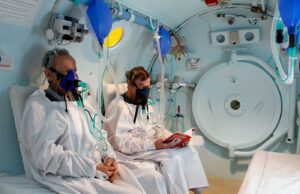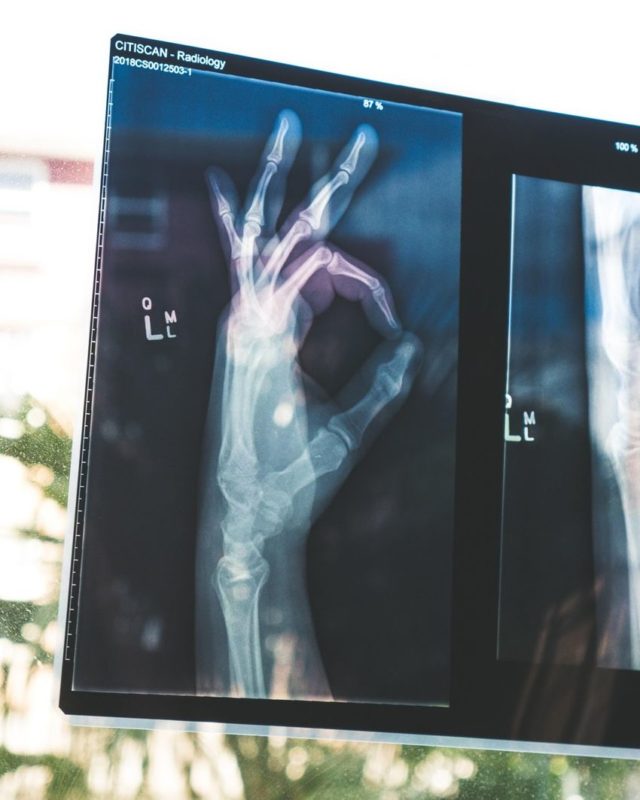
The DaVinci Surgery System is likely the most famous robot working in the medical field. Its arms are equipped with small tools and are dexterous enough to be manipulated inside the human body. The DaVinci has been made popular by its expanding capabilities to perform laparoscopic surgeries with limited bleeding, shortened recovery time, and far fewer chances of infection.
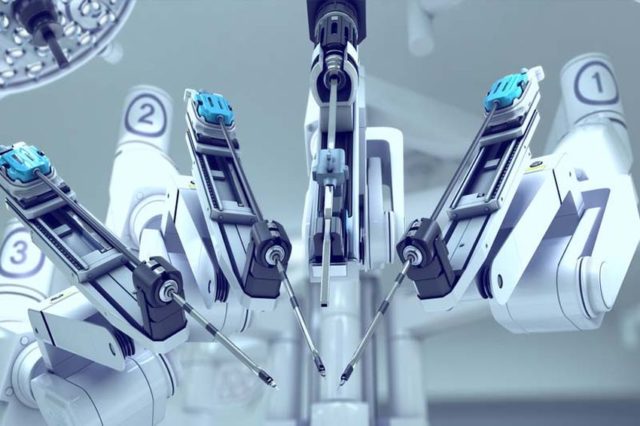
Put to work in 2000, the DaVinci has since completed over three million surgeries. The robotic surgical assistant has been installed all over the globe in hundreds of hospitals and surgical facilities. Its ability to allow surgeons to use their vast experience to guide precise, unwavering robot “hands” in delicate surgeries has fundamentally changed what we can expect of modern healthcare.
While the lifesaving capabilities of the DaVinci Surgery System make its popularity warranted, other robots are entering the world of healthcare that will improve outcomes, prevent common problems, and help people in ways they could never have imagined before.
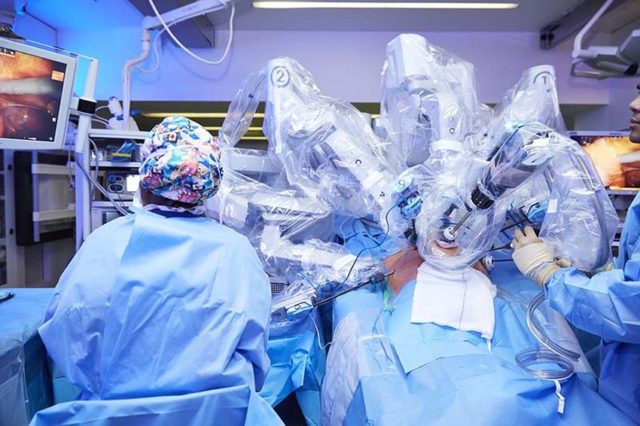
Here is a list of ways robots (or their limbs) and automation are improving or will improve the healthcare industry in 2024 and beyond.
Artificial Intelligence Steps in for the Real Thing
Machine learning is important to the future of healthcare, according to Rozum. Diagnosing illnesses is a struggle in many cases. Diseases frequently share symptoms (a chronic cough could be a symptom of allergies or lung cancer), and it can take years to narrow down certain problems. Artificial Intelligence (AI) may be the solution to shortening the time from presentation to diagnosis to treatment.
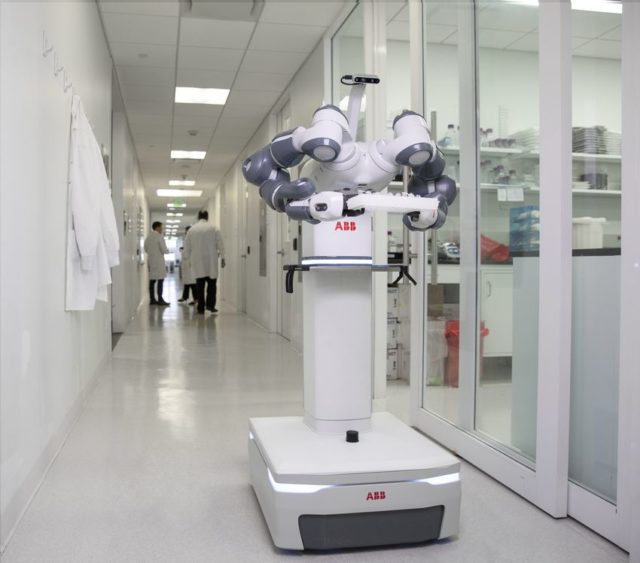
To make it simple: think of Google. All you need to do is enter a few keywords relating to what you are looking for and you receive hundreds of related websites and resources. Now flip that power around. Doctors could enter a few symptoms or lab results and the machine could run through all the scenarios to narrow to one diagnosis.
This sounds too good to be true, right? Wrong. A team at New York University came up with a machine learning program using AI that can sort through a truckload of medical records and pull out specific patients that might be at risk for certain diseases.
The benefits of AI stretch beyond fast diagnostics of isolated disease. It is being deployed in the field to help crack cases of mass disease outbreaks. AI is significantly better than human tracking when it comes to locating, predicting, and eradicating outbreaks of diseases like malaria or dengue fever.
Robot Roles in Healthcare
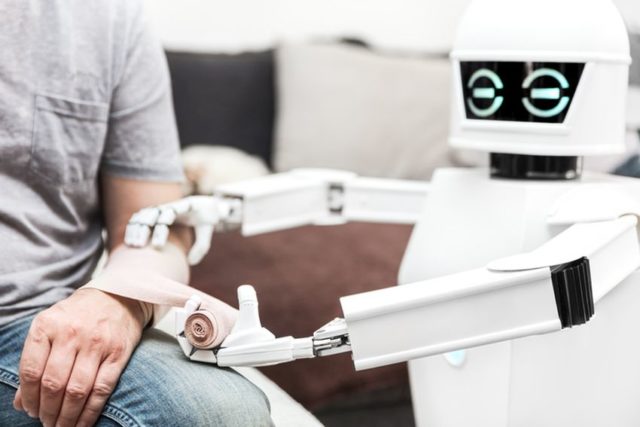
If you have ever seen the Magic School Bus, you undoubtedly remember the episode where the kids join Miss Frizzle on a journey through the inside of Ralphie’s body and visit the site of his sore throat. An epic battle ensues as the bus is attacked by Ralphie’s white blood cells – a “real life” depiction of battling infection.
Robots have taken the place of the magical bus and are entering bloodstreams to help white blood cells perform the task of cleaning up and destroying bugs. These microscopic bots are taking over the role of antibiotics just in time – the rise in antibiotic-resistant strains of bacteria is becoming a major problem for doctors around the world.
A Pleasant Endoscopy?
The definition of endoscopy is enough to send shudders down your spine. Essentially, a camera and/or some form of tool (usually for biopsies), is sent into the body through an opening. While it may never be a “pleasant” experience, robots are becoming heroes by making the procedure more tolerable.
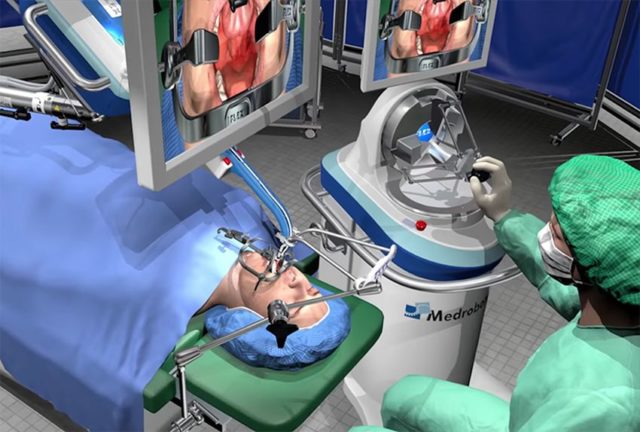
A snake-like robot is already in use for some endoscopic procedures. It is driven like a remote-controlled car and is far more accurate than the traditional manual method. The robot is steady, lacking the movement caused by human hands. It can also carry multiple tools that might revolutionize treatment for certain ailments in the future.
There is a more thrilling robotic development on the horizon. A small robot in the shape of a large pill (like a big daily vitamin) is being swallowed and sent through the digestive tract to take pictures and other data as it travels. This new tool could prove more effective and might encourage more people to seek appropriate healthcare without the fear of extreme or awkward discomfort.
Perfecting the Art of Disinfecting
Humans are fallible. It is an unfortunate truth that leads to mistakes – some with serious implications. Despite the common smell of rubbing alcohol permeating the air, hospitals are filthy. This is a direct product of humans being responsible for cleaning.

Robots roaming the halls of your local hospital might be looking for bugs to kill. The prevalence of the aforementioned antibiotic-resistant bacteria can be higher in hospitals because of the presence of illness combined with loads of antibiotics.
A robot can enter the room of a recently discharged patient and get to work cleaning. The bots are using UV light rays that zap ill-willed bacteria with no prisoners taken alive. This accomplishes two goals: making rooms bacteria free for incoming patients and freeing human power to help patients in other ways.
Man and Machine
Robotics is bringing relief to millions of people by allowing them to walk, grasp, and function normally after the loss of a limb. Robotics has made it possible to fit an amputee with a prosthetic limb that can be integrated with their neurological system. This allows for normal use of the limb and control over it with commands from the brain.
Additionally, robotics has provided the ability to walk for patients once restricted to a wheelchair. Exoskeletons are powered by robotics and fitted around the body of a person who is para- or quadriplegic. The person can move with the assistance of the robot. The next step is to follow up on what prosthetics specialists are doing with neural integration to allow for mind and muscular control over the robotic device.
Training Future Doctors & Nurses
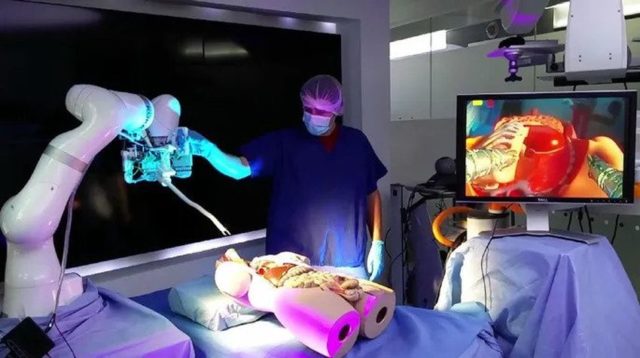
A real-life version of the game Operation is made possible by robots that bleed, breathe, and even complain as humans do. This allows more doctors and nurses to train in a realistic setting since they are not limited to live patients or cadaver practice.
The robots also help doctors and nurses prepare for a diverse range of scenarios that they likely would not be able to see in a robot-less training setting. Next time you watch an episode of Grey’s Anatomy, you can feel confident that in real life a robot is taking the place of the unfortunate patients with the world’s most rare disease being practiced on by young, insecure doctors with a penchant for workplace romance.
You’ve Got a Friend in Me
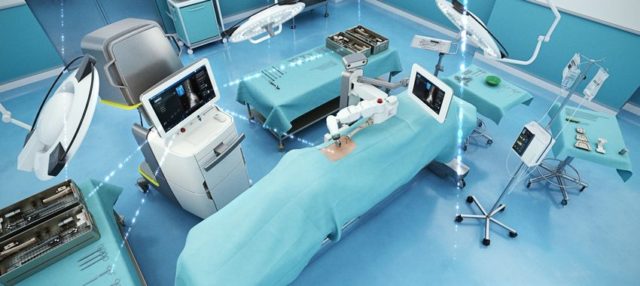
We have seen a lot of heroic, miraculous acts in our previous six examples of robotics making waves in healthcare. While this role may not seem as vital, it is to those who need it. Robots are finding the time in their busy lives to just sit and spend time with those who need some friendly company. Patients of all kinds benefit from robotic companions – the elderly, chronically depressed, or those who simply struggle with being alone all enjoy the company of companion robots.
AI is playing a major role in this sector of medical robotics. Some companion bots are learning to display empathy and the preferences of their human “friends” in conversation. Add that with the fact that some can take vital signs or call for help when needed, and you have one of the best friends a person could ask for!
The House Call of the Future (and Present)
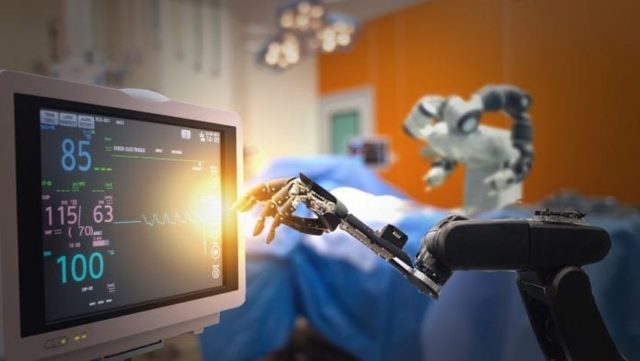
Healthcare has long been inaccessible to large swaths of the global population. There are myriad reasons for this: physical location, finances, and a low inventory of quality doctors have all contributed to this disappointing problem.
The battle rages on over the affordability of healthcare in certain countries but geographical limitations are becoming a thing of the past. Robots are bringing doctors to the far corners of the world in a semi-realistic way. Called robot surrogates, their current appearance is more like a tablet on top of a rolling broomstick than a person, but the outcome is a doctor in front of a patient that needs help.
This can save patients in far-flung places and in communities that frequently struggle to find high-quality healthcare (like rural parts of the United States) see the best doctors from around the world without leaving their home or local doctors’ offices. Patients are getting appropriate, accurate diagnoses and are receiving better treatment due to robots in healthcare.
Setting Nurses Free
We all know that nurses work long, hard hours keeping patients happy, healthy, and safe. While that should be their primary job, they often become mired in silly tasks like moving equipment or completing paperwork.
Robotics is stepping in to get nurses back where they belong – caring for patients. Robots are found moving carts or trays of tools and helping fill out paperwork that takes humans far too long to complete. Robots are also being programmed and trained to draw blood samples, take vitals, and move patients.
Making Biopsy Less Traumatizing
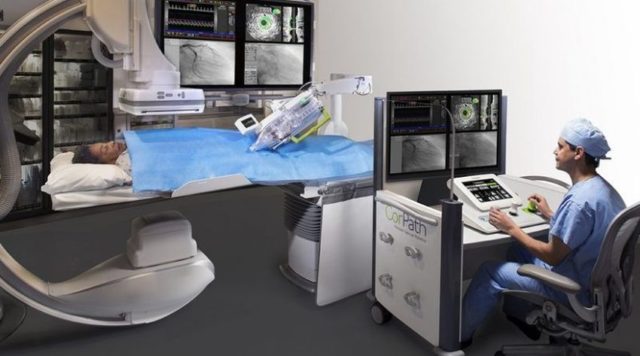
The fear of a cancer diagnosis seemingly rests at the back of everyone’s mind these days. It is becoming a frighteningly prevalent disease that sends minds racing whenever a new lump or suspicious mark appears.
A typical step in the diagnosis process is a surgical biopsy. Robots have been introduced that are guided by a combination of high-end radiology tests and tiny technology that perform precise biopsies through the smallest incisions. Any possibility of reducing the trauma throughout such an anxiety-producing time is a great thing for robotics.
Expediting the Pharmacy
The waits to have a prescription filled can be longer than the line at Disney’s newest Star Wars attraction. These timeframes are being drastically reduced by robotic assistance. This will benefit the wait time at your corner drugstore and improve patient flow through hospitals. Machines are doing the counting, sorting, and filling of bottles much faster (and more accurately) than the pharmacist can.
No Signs of Stopping
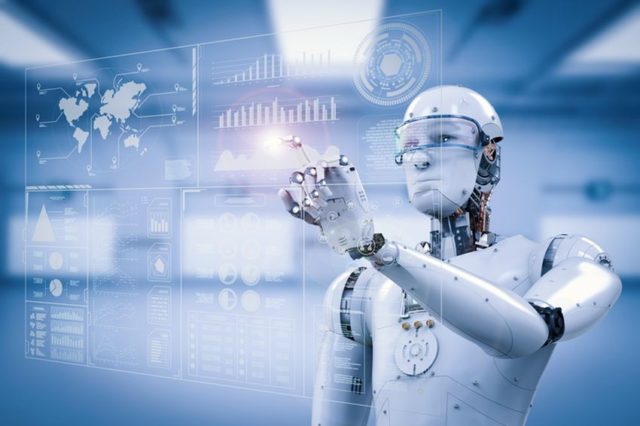
Robotics has entered the healthcare world and is taking it by storm. Improvements in outcomes, patient satisfaction, and healthcare worker morale are all being attributed to robotic assistance. There are no signs of robots slowing their introductions into hospitals and other medical settings. Next time someone hits the call button – a helpful robot might just wheel through the door!








